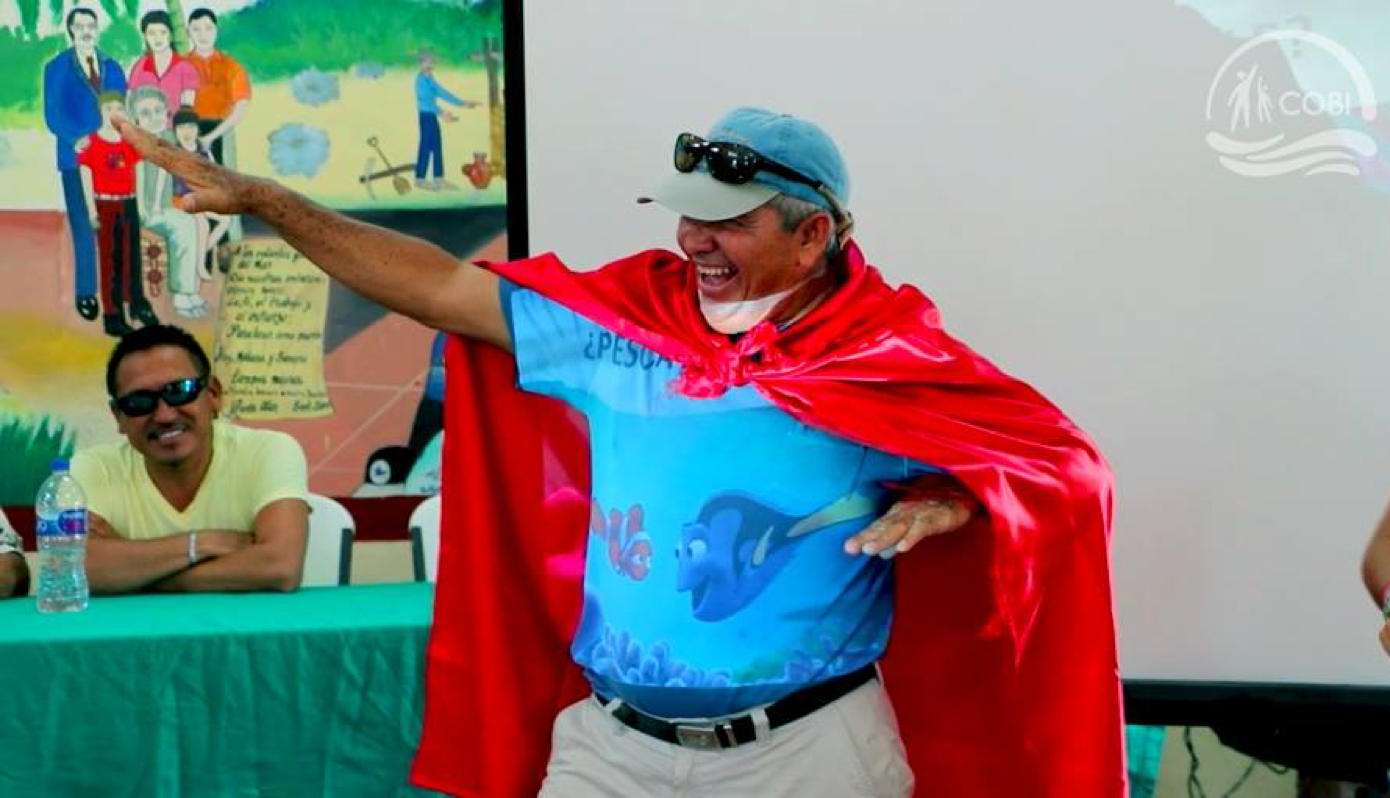We promote the adoption of international standards for responsible fishing in collaboration with fishing organizations, governments, academia, and industry. We use the Fair Trade (FT), Marine Stewardship Council (MSC), and Monterey Bay Aquarium (MBA) standards to frame our action plans. The four phases of the building block are:
1. Healthy stocks. We evaluate the status of the fisheries in order to determine the proper management methods and instruments to apply, depending on the fishery (e.g., catch shares, effort control, size limits).
2. Healthy ecosystems. We evaluate the effect of the fishery on
other species and habitats, as well as the effects of environmental change to fisheries and community. The latter to promote adaptation.
3. Robust governance systems. We promote the formation of groups to
define management rules (both formal and informal) in a collective, transparent,
and democratic way. We also calculate investment costs in sustainable fishing and define sustainable financial plans.
4. Social justice. We apply social justice principles and practices within the fishery: clear access rights, compliance with occupational, health standards, and access to fair prices.
1. Well-organized cooperatives willing to make improvements in their fisheries.
2. Existing legal framework to adopt the standards.
3. Government officials that are keen to support the transition to sustainability.
4. Industry interested in paying premium prices for seafood products.
In the Mexican fisheries Act there is no definition of what sustainability means. Thus, the international standards for sustainable fishing provide a good framework and great tools to start with. The adoption of the standards can only be achieved through collective action. NO single actor can do this by him/herself. The fishery improvement projects (FIPs) seem an attractive scheme for artisanal fisheries, first because the costs are more affordable and second because this scheme is meant to involve market commitment to sustainability.
